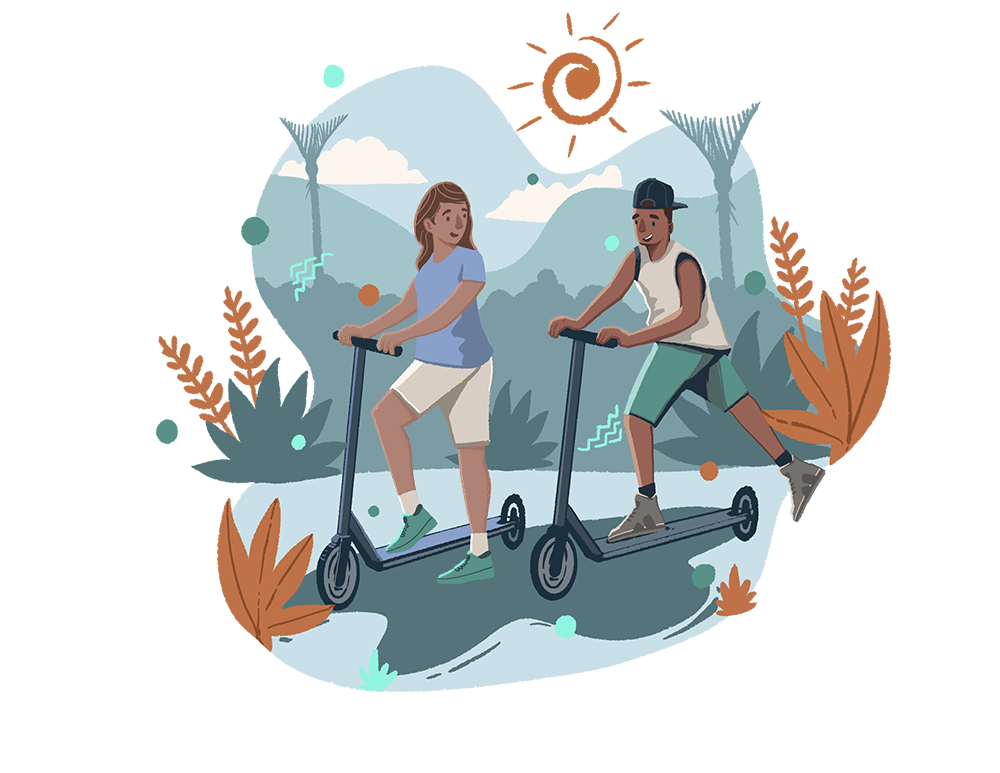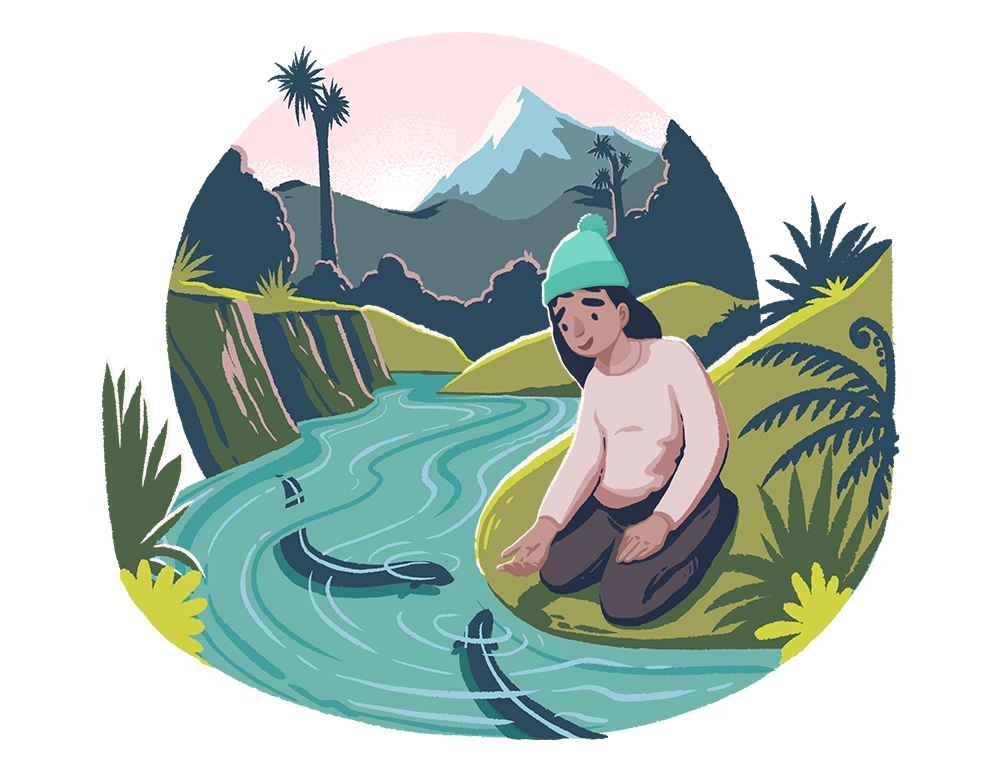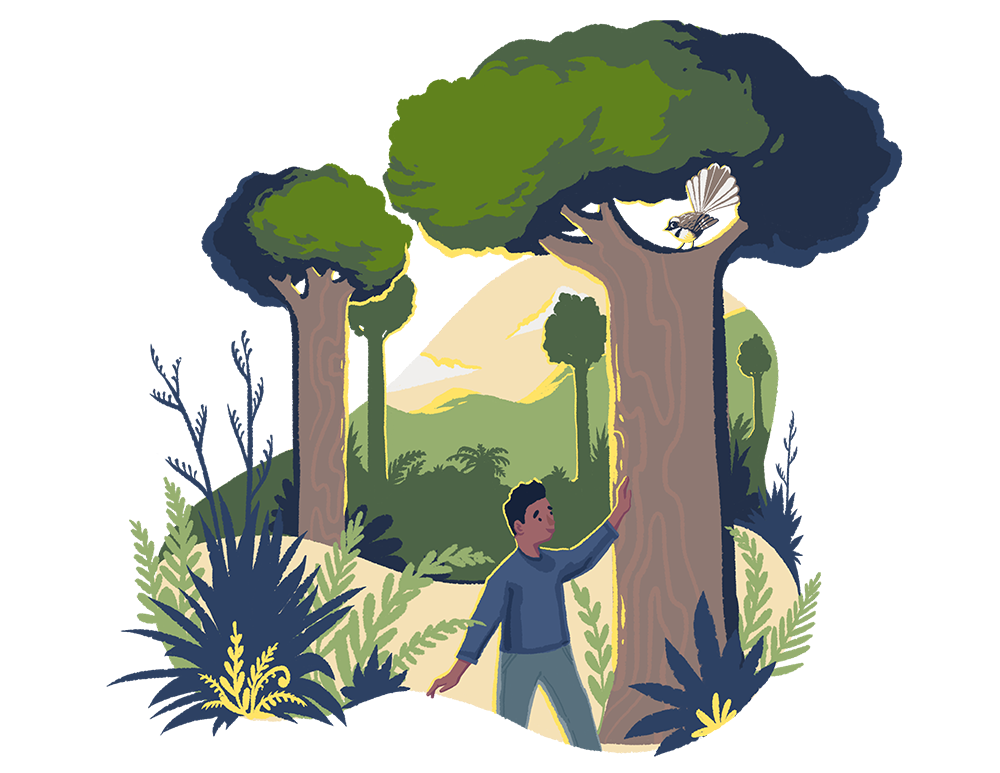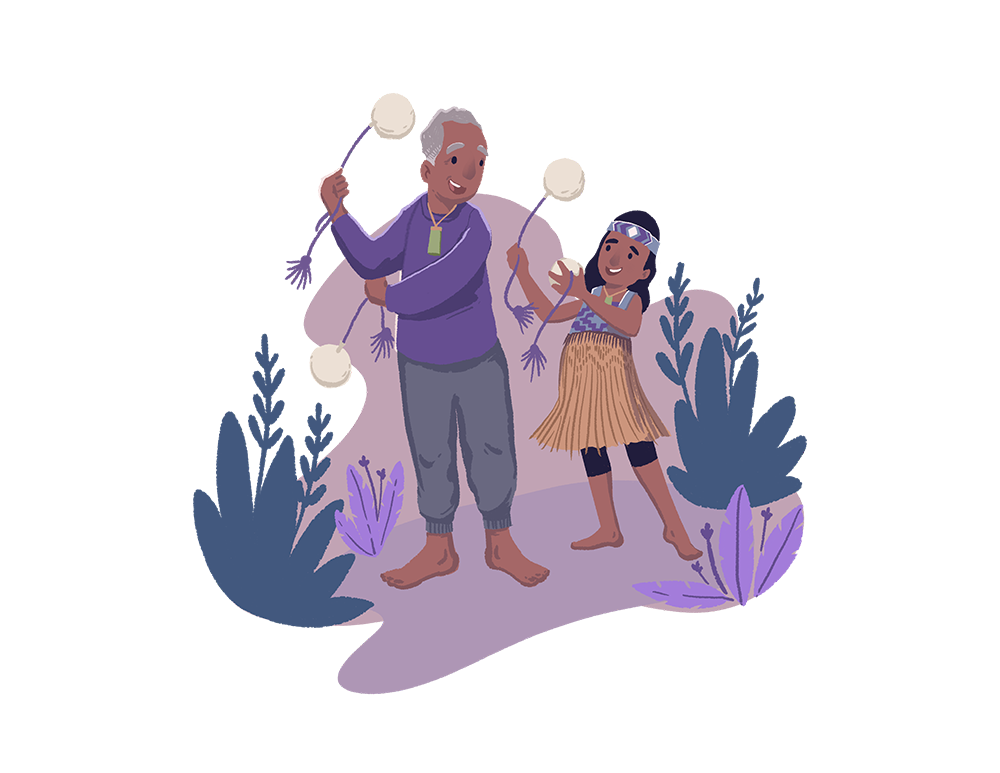
Mahi-ā-toi are the creative and performing arts that are deeply connected to every aspect of Māori culture. Some examples of mahi-ā-toi are kapa haka, raranga harakeke (flax weaving), whakairo (carving), tukutuku (weaving), taonga pūoro (traditional Māori instruments), and pūrākau (traditional stories).
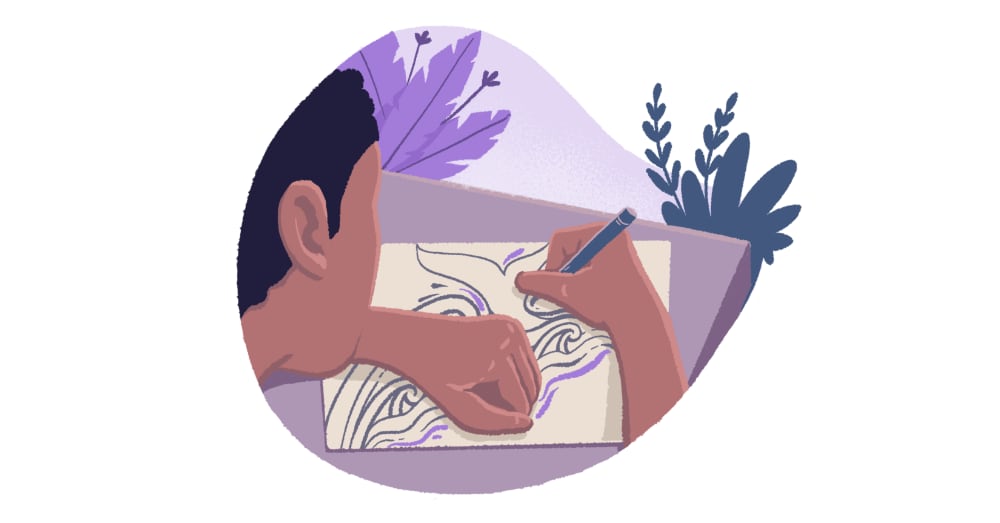
Our knowledge and skills were passed down the generations through these art forms to keep us entertained, as a way of remembering traditions, and as lessons for the future generations. Arts are part of our everyday life. While toi refers to Māori arts there are many modern day uses in design, media, and popular culture. https://www.kiwadigital.com/services/
Hei pupuri te aho o te wānanga
Hei kawe i ngā kura huna a Rua
To hold fast to the strands of valued learning. To perpetuate the hidden schools of Rua.
The schools of Rua refer to types of knowledge. This whakataukī reinforces the importance of learning and the traditional knowledge infused within Māori creative arts.

